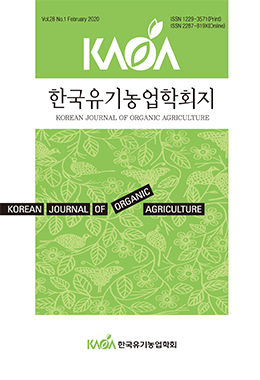This study was conducted to evaluate the effect of different processing of rice on rumen fermentation in in vitro and in situ experiments. Different processing treatments (extruding, roasting, and steaming) were used in this study and all treatments were ground through a cyclone mill (Foss, Hillerød, Denmark) fitted with a 1 mm screen. Non-treated rice was considered to a control substrate. Then, all treatments were used in in vitro and in situ experiments. Total gas production and dry matter digestibility in control were lower than any other treatment at all incubation times (P<0.01). The lowest ammonia nitrogen (NH3-N) concentration was observed in control among treatments at 6, 12, and 24 h incubation (P<0.01). Extruding had a highest total volatile fatty acids (VFA) concentration at 6, 12 h incubation (P<0.01) and Steaming exhibited a highest total VFA at 24 h (P<0.01). The lowest total VFA concentration was observed in control at 6, 12, and 24 h (P<0.01). In an in situ, The highest value of soluble fraction, degradation rates, effective degradability was observed in extruding (P<0.01). It was considered that feed processing increased dry matter digestibility, total VFA concentration, and decreased pH as well as NH3-N concentration indicating that processing may increase nutrient degradation of rice in the rumen.




